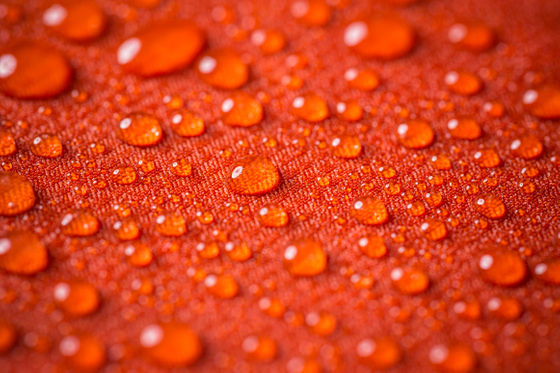'Phase-changing fabric' is here, a dream new material that becomes warm when it's cold and cool when it's hot

When it comes to clothes that can heat themselves and regulate their temperature, UNIQLO's
Flexible and Robust Biomaterial Microstructured Colored Textiles for Personal Thermoregulation | ACS Applied Materials & Interfaces
https://pubs.acs.org/doi/10.1021/acsami.0c02300
New textile could keep you cool in the heat, warm in the cold -- ScienceDaily
https://www.sciencedaily.com/releases/2020/04/200415133440.htm
Fabrics using fibers that become warm when it's cold or cool when it's hot have been available before, but no fabrics that can do both have drawbacks. In addition, such fabrics have drawbacks such as being heavy, bulky, easily damaged, expensive, and requiring an external energy source.
So a research team led by Guangming Tao, head of the High Performance Fibers Laboratory at Huazhong University of Science and Technology, developed a porous fiber with a very fine structure from chitosan and silk obtained from the exoskeletons of crustaceans such as crabs and shrimp.

Furthermore,
When the research team tested the fabric they had made, they found that it was not only highly flexible and strong, but also had excellent insulating properties and water-repellent properties.

In addition, the research team created gloves using this fabric and placed their hands in a box heated to 50 degrees Celsius. The PEG melted and absorbed heat, cooling the hands. Similarly, when the gloves were placed in a 10-degree environment, the PEG solidified and released heat, warming the hands.
'This material can be produced using existing textile industry facilities, making it feasible for mass production,' the team wrote in their paper.
Related Posts:
in Science, , Posted by log1l_ks







